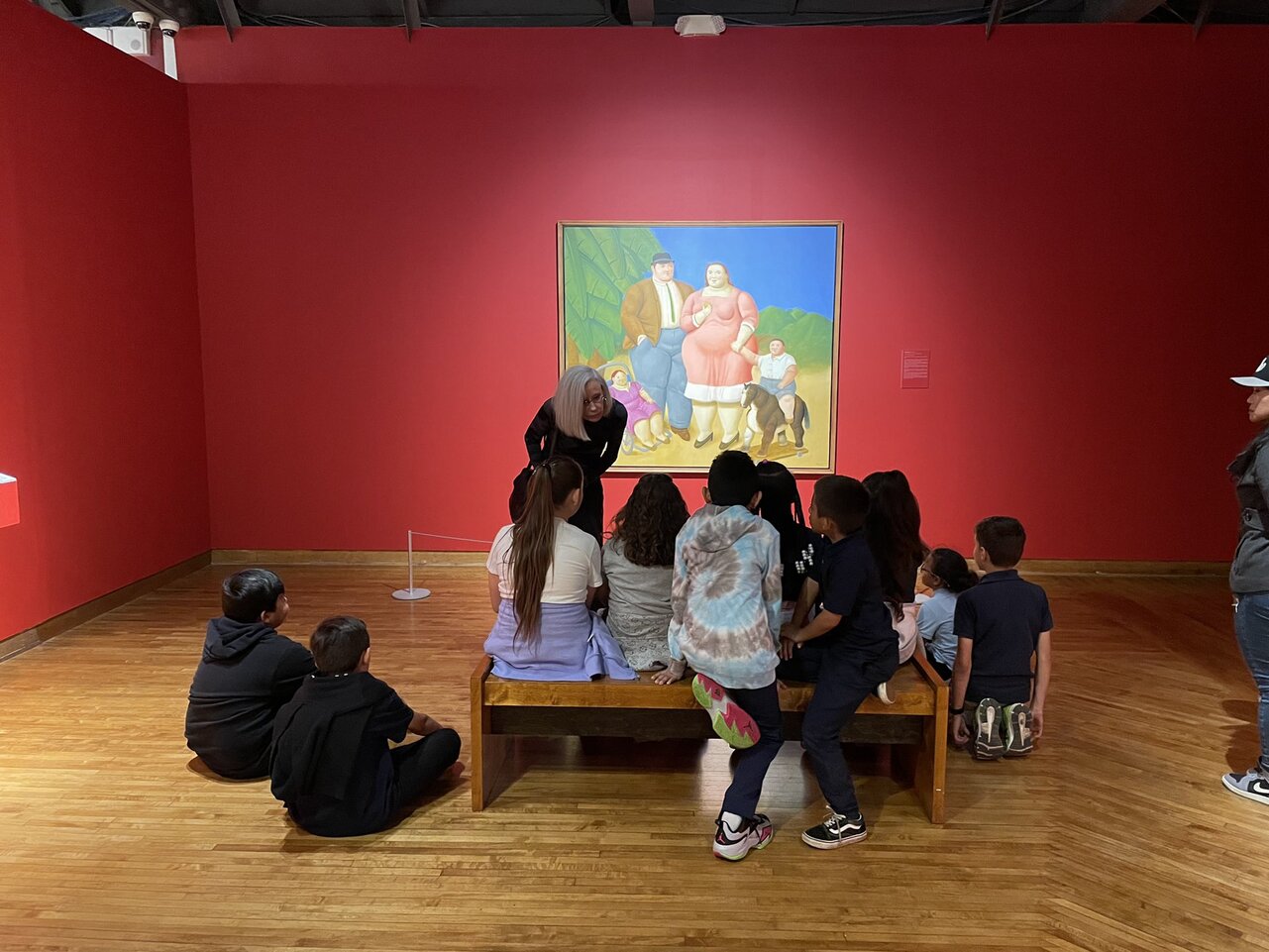Celebrating Día de los Muertos at the Penn Museum
This Saturday, October 29, the Penn Museum will celebrate el Día de los Muertos together with the Mexican Cultural Center and the Mexican Consulate in Philadelphia. A full day of events, including costume and altar-decorating contests, is planned to take place in front of a larger-than-life altar decorated in the Veracruz style and dedicated to Mexican pop star Juan Gabriel.
This is artist Cesar Viveros’s fifth year designing an altar for the Museum, which began to celebrate the Day of the Dead as part of its World Culture Day series in 2011. Viveros’s work is in high demand—AL DÍA interviewed him about another project just in September, and this Día de los Muertos he was also commissioned to design the altar for the Philadelphia Museum of Art. He partners with his wife, Ana Guissel Palma, to conceptualize and build most of his projects.
When AL DÍA came to observe their progress on Thursday, Viveros and Palma were constructing a huge, flat skull from papier mache, lime, and brilliant natural pigments. The Mexican Consul herself, Alicia Kerber, knelt in her high-heeled boots, helping Palma apply the different layers.
“Mexican culture has always laughed in the face of death,” said Kerber. “People pass their night celebrating between the graves. A separation with the dead, that they’ve already left, that they’re no longer with us, isn’t really thought about. [The holiday] is a way to live alongside death.”
She explained that while in Mexico, the display of altars is typically for a family audience, this altar also served to “communicate Mexican culture and traditions” to a wider audience.
Viveros, for his part, wanted to build the altar this year in the style of Veracruz, his home state. “People there are used to making earthen figures from the mud, which is free,” he explained. In fact, this practice was one of his first creative outlets as a young person. As a young man, he spent time working in the petroleum industry before finding his way as a muralist.
“Many times, people don’t have the resources. However, they save, they look for a way, they feed the piggy bank,” he said, speaking of the effort involved in constructing an altar. Families must attract the spirits of dead loved ones with their preferred foods and drinks, brightly colored decorations, “Catrinas” (folk-art skeletons in women’s clothing), pan de muerto, and candles which will illuminate their path back to Earth.
“It’s an enormous expense, an enormous sacrifice,” Viveros continued. “But the spiritual aspect, which brings with it the fact of having done everything for one’s self, and very much by hand, I believe this nourishes, satisfies, and gratifies all the effort.”
With regard to the style of his altar, Viveros explained that in Veracruz’s small towns, lime was used as a cleaning and brightening agent on el Día de los Muertos for everything from gravestones to trees. It was relatively cheap, and when mixed with mud, made a malleable clay easy to dye with local pigments. The bright purple powder he sprinkled over the papier mache skull challenged everyone’s faith in his words.
“It’s natural?” Kerber asked, dubiously.
Viveros assured her that it came from a mix of stones, minerals, and other such common pigments.
The altar will be on display to the public from noon until 2 pm, Saturday, October 29. Children in costume for the event get in half-price, for only $5.










DEJE UN COMENTARIO:
¡Únete a la discusión! Deja un comentario.